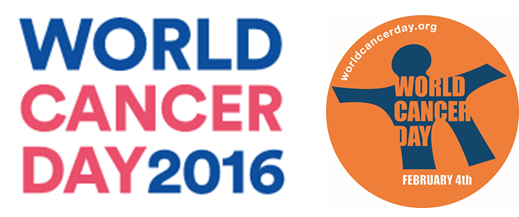Yacong Bo and Xiang Qian Lao

Regular exercise is recognised as providing significant lifestyle-related protection against non-communicable diseases. It can also reduce the likelihood of cardiovascular disease, cancer and premature death. By contrast, long-term exposure to fine particulate matter (PM2.5) can increase the likelihood of respiratory and cardiovascular disease and certain cancers, leading to premature death.
Outdoor exercise might increase the inhalation and deposition of air pollutants, potentially counteracting its beneficial effects. Evaluation of this risk–benefit relationship has become an important public health concern because more than 91% of the global population lives in areas where air quality fails to meet the 2005 World Health Organization guidelines.
Continue reading “Regular exercise, even in polluted areas, can lower risk of cancer mortality”




![Elie_Akl[1]](https://intjepi.files.wordpress.com/2016/03/elie_akl1.png)
 Waterpipe, also known as shisha, goza, narghile, arghile and hookah, is a traditional method for smoking tobacco. While it originated in Turkey, India and Iran, its use has spread on a global level over the past decade to the point of
Waterpipe, also known as shisha, goza, narghile, arghile and hookah, is a traditional method for smoking tobacco. While it originated in Turkey, India and Iran, its use has spread on a global level over the past decade to the point of  D. Michal Freedman
D. Michal Freedman World Cancer Day
World Cancer Day